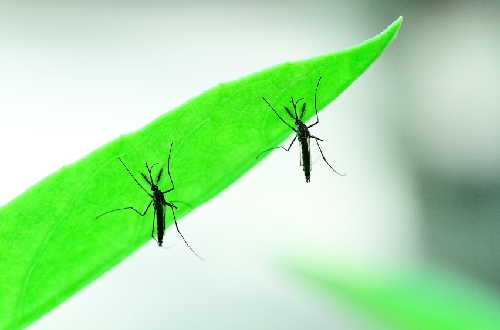 The Zika virus has made its first foray into Latin America and Mexico in recent years and experts expect that the U.S. will be next on the list. Although the only known U.S. cases of the virus have been found in individuals who were infected while traveling abroad, it appears that the question is a matter of when, not if, the virus will start becoming more problematic.
The Zika virus has made its first foray into Latin America and Mexico in recent years and experts expect that the U.S. will be next on the list. Although the only known U.S. cases of the virus have been found in individuals who were infected while traveling abroad, it appears that the question is a matter of when, not if, the virus will start becoming more problematic.
These predictions are based around the fact that Zika is spread by the Aedes aegypti mosquito, a species present in Hawaii and the southern U.S. Once the mosquito draws blood from someone carrying Zika, they become infected and can pass on the illness to future meals. Aedes prefer warm climates so there is a firm limit on how far Zika can potentially spread within the U.S. Although this is good for anyone living in, say, Washington state, it is less comforting for residents further south. It does not help matters that Zika only causes symptoms in around 20% of those infected, meaning people may be possible vectors without realizing it.
Although the Zika virus itself is a relatively mild illness—it causes fever, rash, pink eye, and joint pain but little else—it is believed to pose a unique threat to infants. Zika is strongly suspected of being behind the massive spike in small-head birth defects (microcephaly) in Brazil. The CDC has even issued a rare travel warning to pregnant women, urging them to postpone travel to affected countries.
The good news, if the term can apply, is that Aedes aegypti is capable of spreading more than just Zika. The mosquito can transmit dengue fever, chikungunya, West Nile, and yellow fever. The U.S. has experienced native transmission of some of these before with the most recent being a 2015 dengue outbreak in Hawaii. From this, a few guesses can be made as to how a Zika outbreak would emerge within the country.
It would likely start in the summer, due to both the upswing of the mosquito population and travelers from abroad. More tropically-inclined locations along the southern part of the Gulf Coast, Florida, Hawaii, and California are also likely origin points.
Since there is no specific treatment for Zika and a vaccine is a ways away, prevention remains the only effective defense. This means long sleeves, insect repellant, and avoiding or removing standing water—which Aedes likes to use for breeding.
Sources for Today’s Article:
Pallarito, K., “Zika Virus Likely to Spread to Southern United States, Experts Predict,” MedicineNet web site, January 21, 2016; http://www.medicinenet.com/script/main/art.asp?articlekey=193187.
